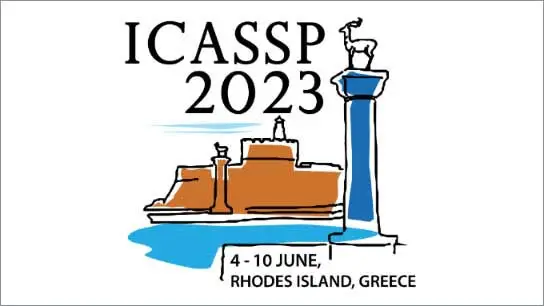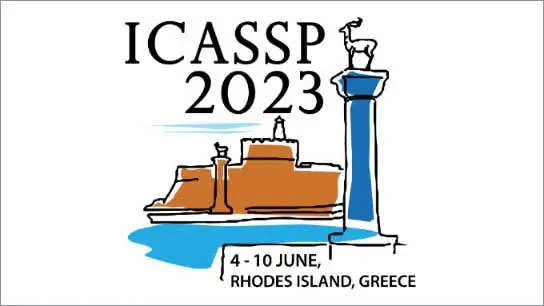STATISTICAL ANALYSIS OF SPEECH DISORDER SPECIFIC FEATURES TO CHARACTERISE DYSARTHRIA SEVERITY LEVEL
AMLU ANNA JOSHY (COLLEGE OF ENGINEERING TRIVANDRUM); P. N. PARAMESWARAN (COLLEGE OF ENGINEERING TRIVANDRUM); Siddharth R. Nair (College of Engineering Trivandrum); Rajeev Rajan (Government Engineering College, Barton Hill, Trivandrum)
-
Members: FreeSPS
IEEE Members: $11.00
Non-members: $15.00
07 Jun 2023
Poor coordination of the speech production subsystems due to any neurological injury or a neuro-degenerative disease leads to dysarthria, a neuro-motor speech disorder. Dysarthric speech impairments can be mapped to the deficits caused in phonation, articulation, prosody, and glottal functioning. With the aim of reducing the subjectivity in clinical evaluations, many automated systems are proposed in the literature to assess the dysarthria severity level using these features. This work aims to analyse the suitability of these features in determining the severity level. A detailed investigation is done to rank these features for their efficacy in modelling the pathological aspects of dysarthric speech, using the technique of paraconsistent feature engineering. The study used two dysarthric speech databases, UA-Speech and TORGO. It puts light into the fact that both the prosody and articulation features are best useful for dysarthria severity estimation, which was supported by the classification accuracies obtained on using different machine learning classifiers.



